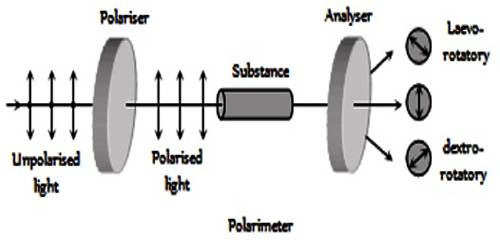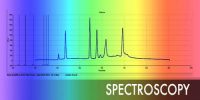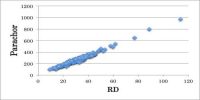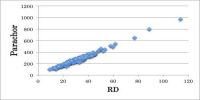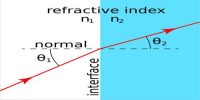Optical activity in Chemical Structure
Optical activity is exhibited by a large number of’ organic compounds, some inorganic complex salts, quartz and some inorganic compounds. Optical Activity is a substance is said to be optically active if it can rotate the plane polarization of polarized light. It is the property (displayed by solutions of some compounds, notably many sugars) of rotating the plane of polarization of plane-polarized light. A general characteristic of all these compounds is that there is an element of asymmetry either in the arrangement of atoms or groups of atoms in the molecule or in the arrangement of molecules in the crystal, as in quartz. J. H. van’t Hoff (1874) suggested that in the case of organic compounds if a carbon atom is bonded to four different atoms or groups of atoms the molecule as a whole will be asymmetric and will show optical activity. This observation of van’t Hoff was found to be valid not only for organic compounds but also for inorganic complexes where the central metal atom is bonded to different atoms or groups of atoms. The simplest example is a lactic acid which exists in the Dextro and Laevo forms, which are mirror images of each other. A mixture of equal quantities of Dextro and laevo forms is optically inactive.
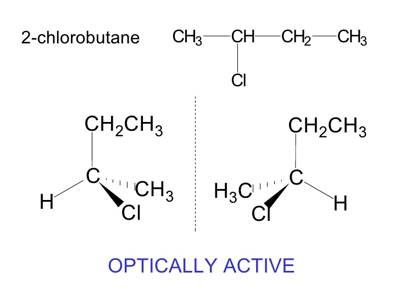
There are examples of compounds where one part of the molecule is internally compensated is the minor image of the other so that the molecule is internally compensated and is optically inactive. One example is tartaric acid, the internally compensated from being known as the Meso form. Optical activity is shown by many simple carbohydrates.
